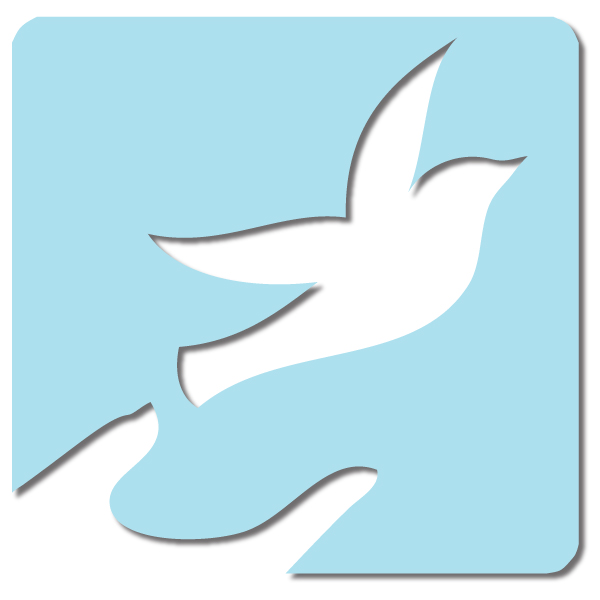
Up For Discussion
The upcoming issue of JWR will feature a Letter to the Editor questioning the ethics of treating and releasing non-native, invasive species. In this particular case, the species in question is Virginia opossums in California (introduced in 1910, according to Jameson & Peeters (California Mammals, University of California Press, 1988)). But rehabilitators across the U.S. are familiar with the dilemma of caring for European starlings and English (house) sparrows. And this concern is not limited to North America. In Australia the problem may be European rabbits, red foxes, and cane toads. Africa’s invasive species include the crab-eating macaque, grey squirrels, and Canada geese; the grey squirrel has also been introduced to central Europe, along with California quail and the bullfrog. Add to the list beaver in South America, raccoons and nutria in Asia.

Some rehabilitators believe that when an invasive species arrives for treatment the most humane and ethical protocol for all parties is to euthanize the animal. They may point out that rehabilitators have enough trouble garnering respect from the more established wildlife professions without engaging in activities that undermine efforts to support native wildlife populations. Others argue even an exotic species offers an opportunity to educate the public—about empathy AND environmental issues. Then there is the very practical concern over possible bad PR for a rehabilitation organization that depends on donations to operate getting “caught” euthanizing some of its patients simply because they are not deemed “worthy” of care.
Obviously, this is an enormous issue that needs to be faced and discussed by the wildlife rehabilitation community.
What are your thoughts on this matter?
What is the most important issue for rehabilitators to address—the health of the individual, the health of the population, or the health of the ecosystem?
Do you (if home-based) or your organization (if affiliated with a rehab center) have an established protocol for dealing with non-native wildlife species?
If so, what is it, and how did you come to this decision?
If not, why not?
Submit your responses to Kieran Lindsay, JWR Editor at jwr.editor@theiwrc.org



Leave a Reply
You must be logged in to post a comment.